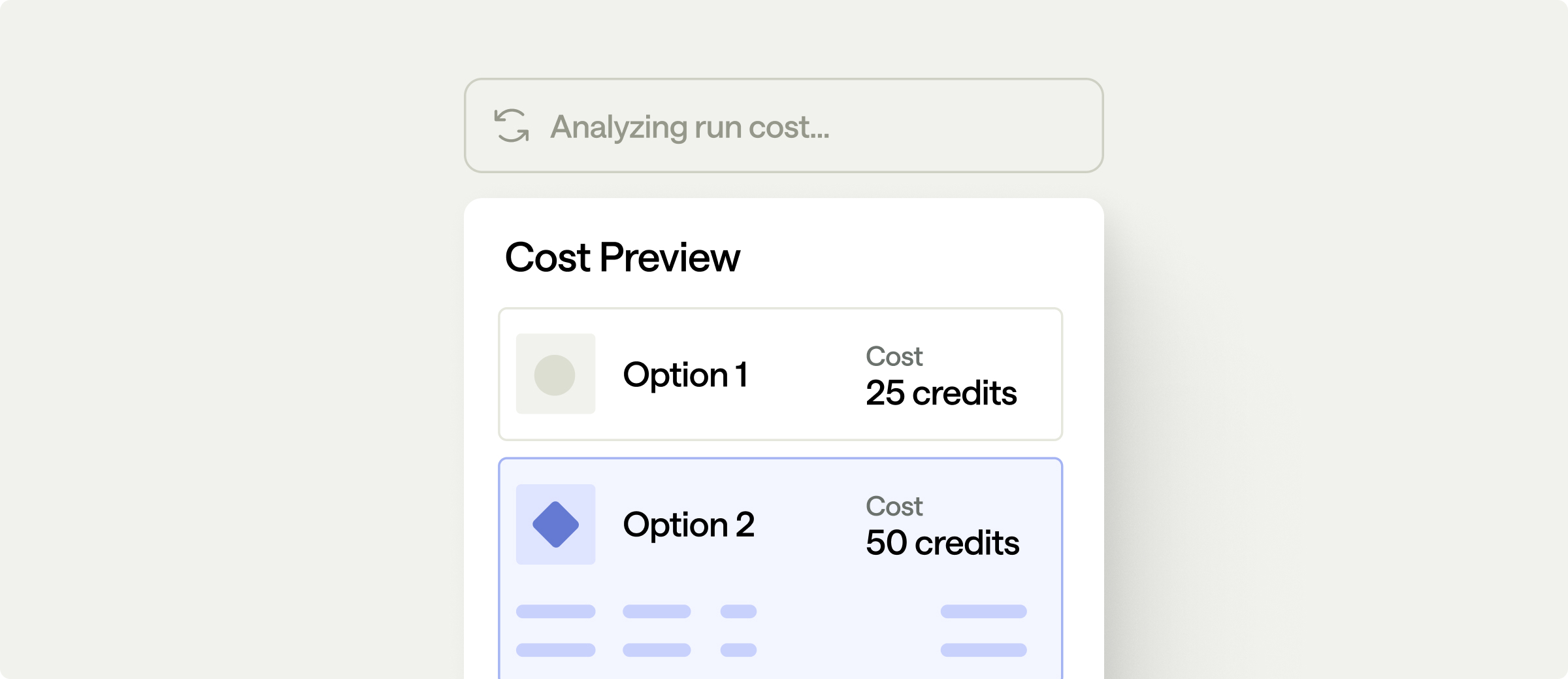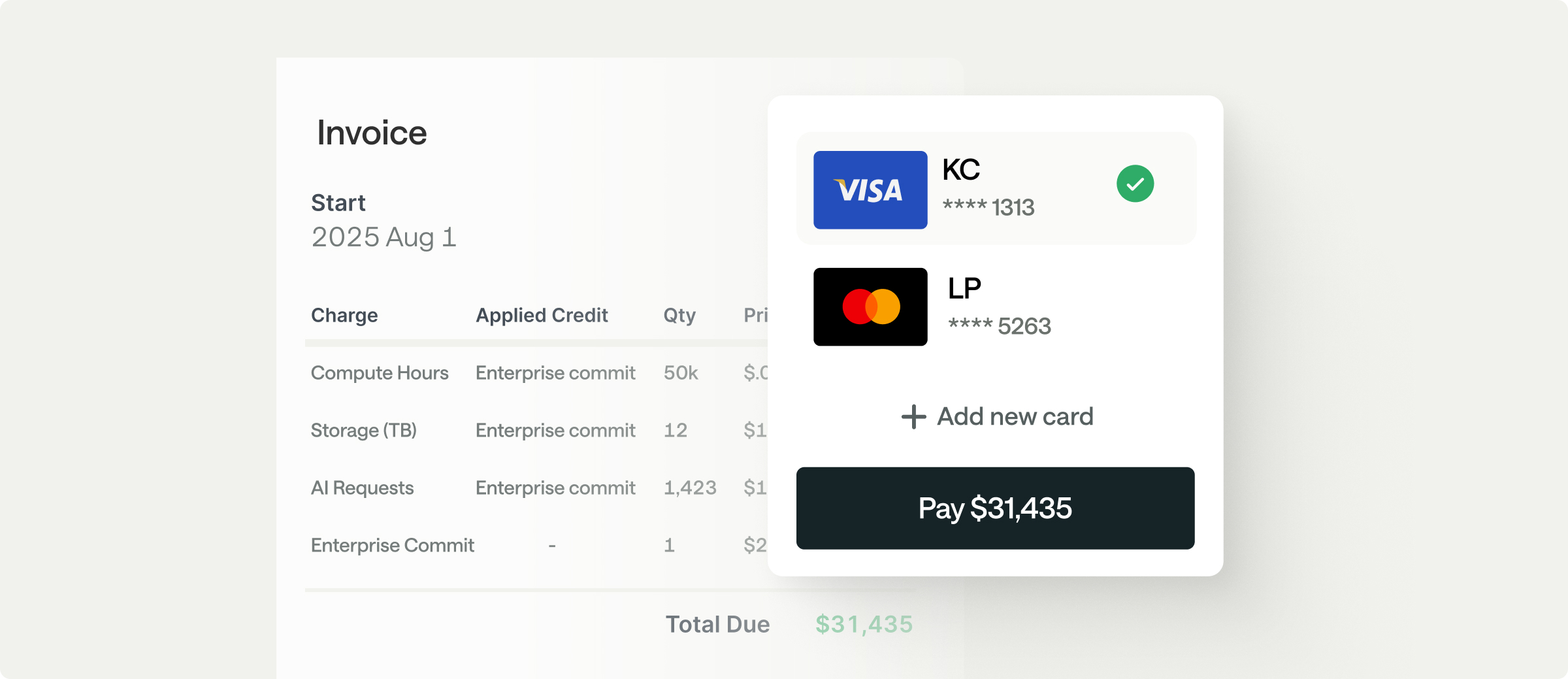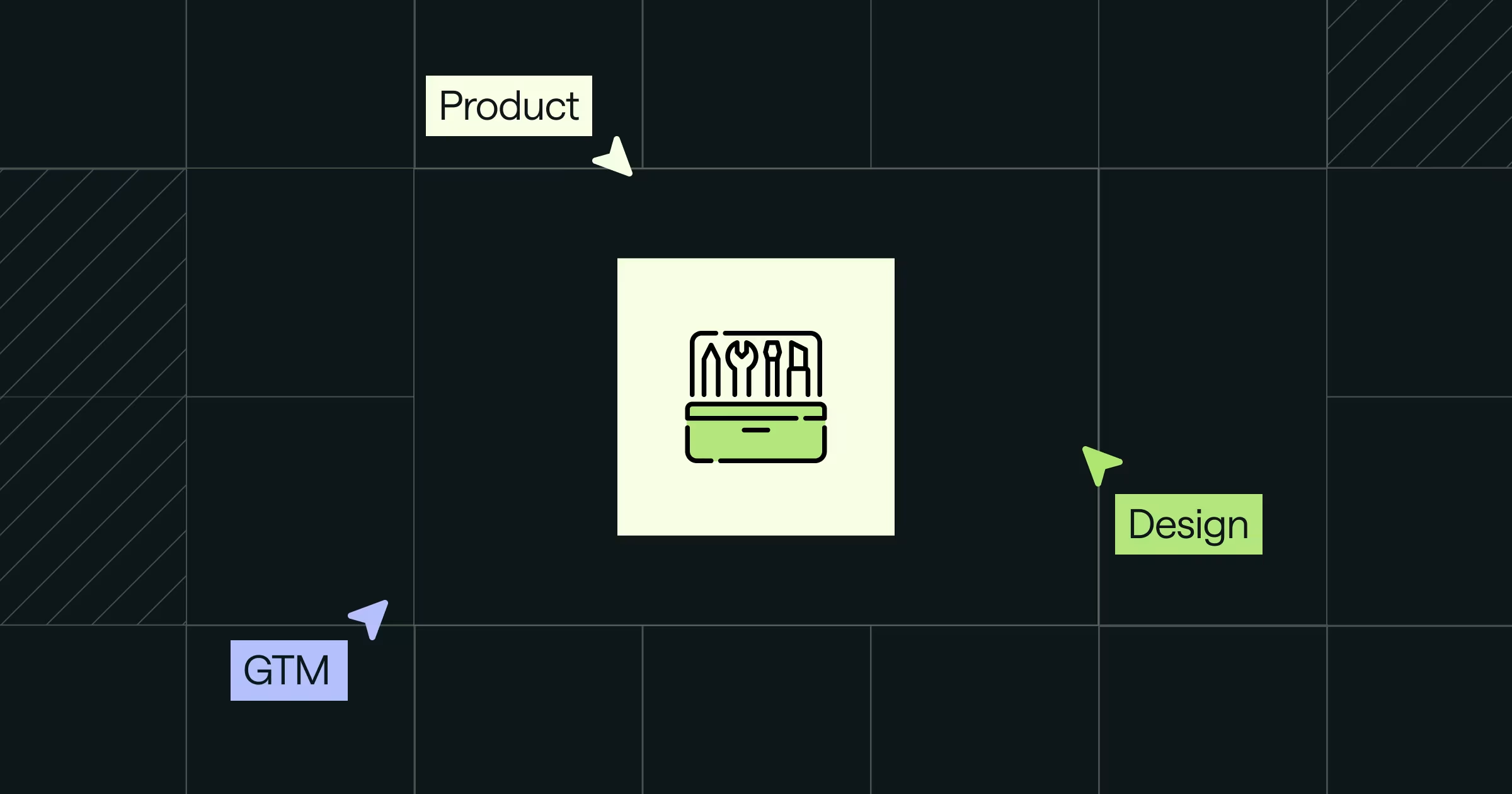Share
Transparency drives trust. Customers expect to know what they're spending in real time, especially when usage and AI costs can fluctuate hour by hour. But most billing systems operate in isolation from the product. Customers see their spend only when the invoice arrives, support teams manually field billing questions, and product teams have no way to surface cost data when customers need it most.
Modern billing should feel as transparent and responsive as the product itself. Customers need real-time visibility into how usage maps to spend, proactive alerts before they hit budget thresholds, and the ability to manage their billing right within the product experience.
Metronome makes monetization part of the product experience by embedding transparency, control, and responsiveness directly into how customers interact with billing. Teams can surface accurate spend data anywhere in their product, trigger alerts at critical moments, and give customers self-service control over their billing and payment status.
We've launched three capabilities that embed billing directly into the product experience: the cost preview API to show accurate cost estimates before customers take action in your product, invoicing through the Metronome billing console that gives customers self-service control over their billing, and customer lifecycle notifications to trigger proactive communications at critical contract moments. Together, they transform billing into an integral part of how customers experience your product.
Cost preview API

Customers making decisions about usage need to understand the cost implications before they act. Will running this query consume their entire monthly budget? How much will processing this dataset cost? Without answers, customers either proceed blindly and face bill shock, or hesitate and under-utilize the product.
Billing systems typically only calculate invoices after usage has already occurred. But in an AI world where costs can fluctuate dramatically, this leaves customers feeling anxious about unpredictable bills and uncertain about whether they can afford to use features they need.
The cost preview API gives customers accurate cost estimates for using the product before they take action. For example, a developer building an AI application can see that submitting their prompt will consume 1,500 tokens and cost $0.03. Customers get the information they need to make confident decisions about how they use the product.
What this enables:
- Reduce bill shock: Customers see costs upfront instead of discovering them on their invoice
- Increase product adoption: Users engage more confidently when they understand cost implications
- Build trust through transparency: Show customers you respect their budget by giving them visibility before charges occur
The cost preview API lets companies show customers exactly what their next action will cost—whether it's submitting a prompt, processing a dataset, or running a query—so customers can make informed decisions before incurring charges.
Learn more about the cost preview API here.
Embeddable billing console

Customers expect the same self-service experience for billing that they get from the rest of the product. But building that payment functionality into your application typically requires custom development from engineering.
Metronome allows you to invoice directly into our embeddable billing console, giving customers self-service visibility into their billing and payment status within their product experience. Customers can view current and past invoices with full line-item breakdowns, see outstanding balances, trigger payments, update payment methods, and track their billing cycle—all without leaving the product or opening a support ticket. Usage invoices update continuously in real time as customers consume services, providing immediate visibility into spend throughout the billing period.
What this enables:
- Remove friction from the PLG motion: Offer seamless payment collection and billing management within the product experience
- Empower customers with usage and spend transparency: Customers get full access to invoices, usage, and payment information.
- Scale self-serve without billing bottlenecks: create a polished billing experience without custom development work
OpenAI uses Metronome's APIs to power customer dashboards that give millions of users daily visibility into usage and credit consumption at both the organizational and individual user level. Evan Morikawa, who led OpenAI's Applied Engineering team, shared: "Metronome is the single source of truth for consumption-based data. Having a consolidated source of record with Metronome is critical to powering our understanding of our customers, our operational workflows, and providing customer transparency."
Learn more about payment through the Metornome billing console here. See our blog on invoicing for more details on PLG invoicing.
Customer lifecycle notifications

Proactive communication prevents billing surprises and reduces churn. Customers need to know when trials are ending, when contracts are up for renewal, or when credit segments are expiring. But most billing systems only notify customers after something has already happened—trial expired, contract lapsed, credits no longer available.
Customer lifecycle notifications send real-time alerts for time-based events tied to contracts, credits, and commits. Teams configure notifications with time-based offsets to trigger before, at, or after critical moments. For example, a SaaS company can send an in-product message to a user 7 days before their trial ends, prompting them to upgrade. The sales team can receive a Slack notification 30 days before a major contract renewal, giving them time to prepare expansion conversations. When a customer's credit segment expires, they can automatically receive an email with a link to purchase more credits, preventing service interruption.
What this enables:
- Capture expansion opportunities: Proactively engage customers before trials end or credits expire to drive upgrades
- Orchestrate renewal workflows: Automatically trigger internal processes and customer communications based on contract events
- Deliver timely customer experiences: Send the right message at the right moment, from onboarding welcomes to renewal reminders
Companies can use lifecycle notifications to deliver timely onboarding messages and upgrade nudges in-product, automate Slack alerts to sales teams ahead of renewal windows, and send email reminders to customers about credit expirations before they impact service.
Learn more about Customer Lifecycle Notifications here.
Metronome as monetization infrastructure
These capabilities transform how customers experience billing:
- Surface accurate cost information at decision points throughout the product
- Give customers self-service control over billing, invoices, and payment methods
- Communicate proactively about spend, credits, and contract milestones
- Build trust through transparency and responsiveness
With this foundation, billing becomes an extension of the product experience, not a source of confusion or friction.
→ Read next:
← Read prior post: Unify invoicing Across Every Revenue Motion

.avif)










